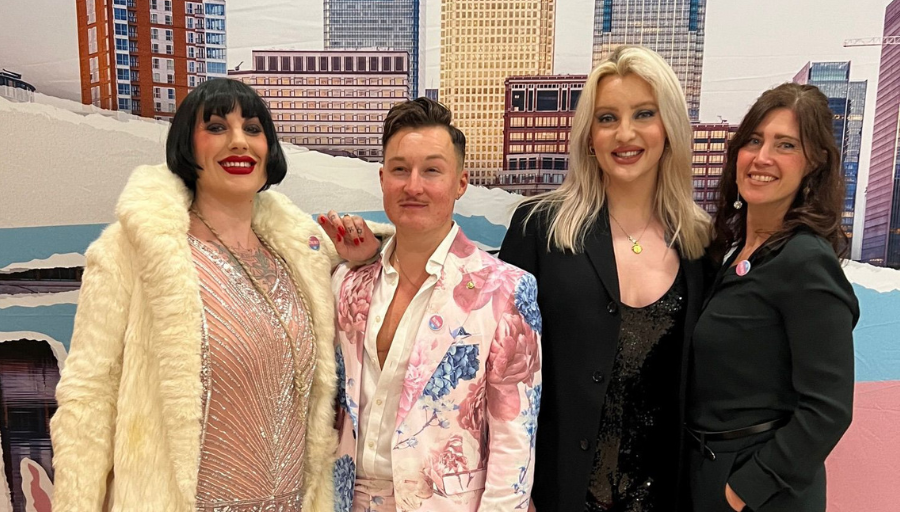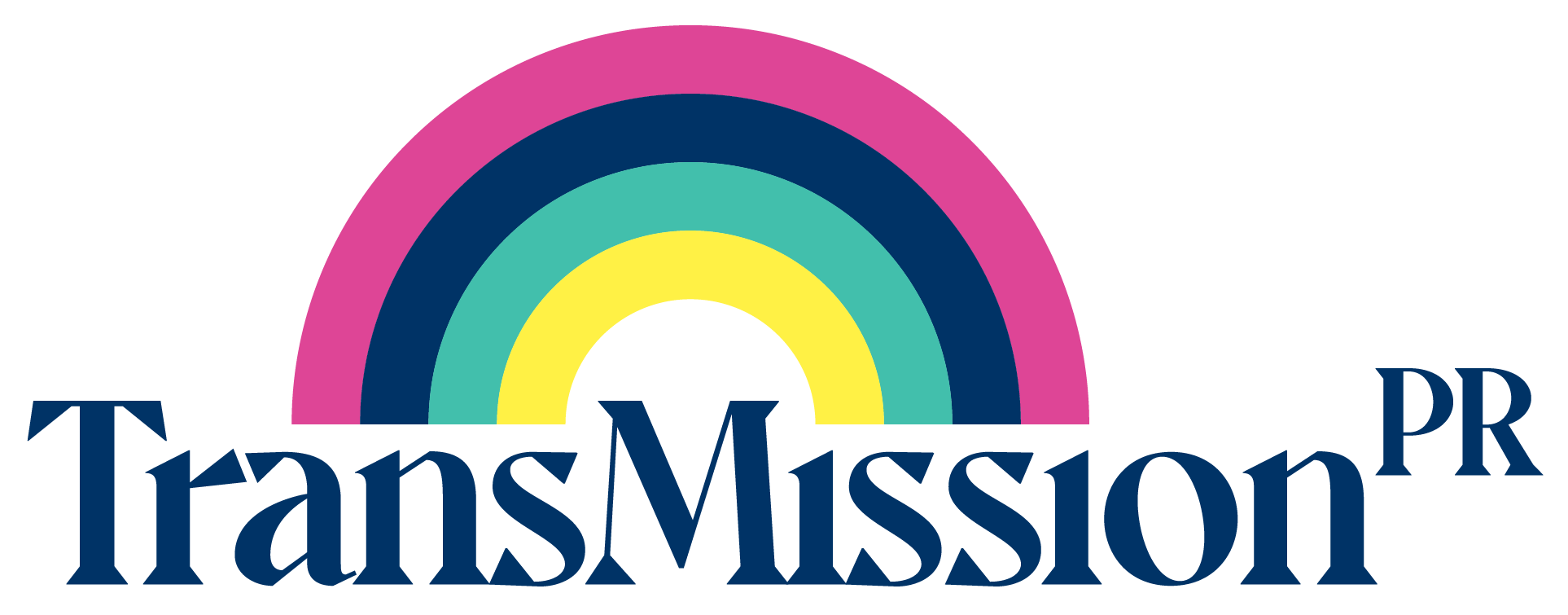
06 Dec PR pros must include trans identities in their comms strategies
This article was first published in PR Week.
If you had to list the most successful companies today, the likes of Google and Apple would probably get a mention. It’s interesting to see that these two are also cited among the most inclusive employers if you are LGBTQ+. As more and more companies wake up to the reality that the world in which we live has moved beyond the gender binary, we are seeing a greater number of organisations expand their focus, clear in the knowledge that the way in which they communicate and the products they offer must reflect the diversity of their stakeholders.
The Trans in the City Gala, held on Monday (November 14th) marked the start of Transgender Awareness Week, which ends with Transgender Day of Remembrance on Sunday 20th, a somber moment of reflection for all those who have lost their lives because of their gender identity.
It was a glitzy affair, supported by the likes of JP Morgan Chase, Ernst & Young, Deutsche Bank, Google and the London Stock Exchange Group, and attended by 600 members of the trans+ community and their allies. It was evident from the high profile sponsors and attendees, as well as the prestigious venue at the heart of London’s financial district, that the event was more than just lip-service to the trans community. Rather, it felt like the value of the community was being both recognised and celebrated – and not just because it was the right thing to do.
Trans+ inclusion is an area in which forward-thinking companies are beginning to feel emboldened, and signs suggest it is a trend which is gaining momentum.
Let’s take the airline industry as an example. November saw British Airways unveil its inclusive uniform policy for crew, hot on the heels of Virgin Atlantic which gained wall-to-wall coverage with its celebration of gender diversity at the end of September. As a traditionally conservative brand, BA’s move towards greater inclusivity will have been in the planning for some time, but the brand will no doubt have been encouraged by the reaction received by Virgin Atlantic’s launch, not to mention the 100% uplift in job applications reportedly received on the back of the campaign.
Millennials and Gen Z represent the biggest global population (64%). They are demanding more of the brands with which they interact, whether as employees or customers. The 2022 Deloitte annual survey revealed that in addition to personal benefits, the demand for businesses to demonstrate a greater commitment to making a positive societal impact is high on their agenda.
Inspired perhaps by necessity, as much as anything else, companies are taking essential steps to show that their values match those of their key stakeholders.
But there is a disconnect, while progressive brands appear to be actively engaging in the conversation, trans identities continue to be used as a tool to create division by the UK media, all in the name of driving clicks.
As the Government reportedly looks at ways to remove legal protections of trans+ individuals from the 2010 Equality Act, and certain media outlets continue their campaign of misinformation, I can’t help but wonder what the long-term goal is.
With research showing that one in four Britons personally know someone who is trans (this rises to 42% of Americans), and with an unprecedented 15% of Gen Z identifying as LGBTQ+, trans visibility is here to stay. If you don’t yet know someone who is gender diverse, there’s a good chance that your kids and grandkids do. As awareness continues to grow so will acceptance and with it we will see the narrative shift away from hate towards inclusion.
Until then, communications professionals in search of inspiration should look at those who have the foresight to invest in developing comms strategies which include a gender diverse audience. Any meaningful DE&I programme that fails to recognise and celebrate trans identities, risks coming across as out of touch.
Need help ensuring your communications strategies are inclusive of a gender diverse audience? Get in touch
- 5 Lessons Brands Can Learn from Innocent’s Not-So-Smooth Response to Attacks on Trans-Inclusivity - June 6, 2023
- How to Use AI Ethically and Inclusively for Trans Representation - May 15, 2023
- How to Use 2021 Census Data to Enhance Trans-Inclusivity and Boost Business: Insights for Marketing Professionals, Brands and Businesses - January 7, 2023


